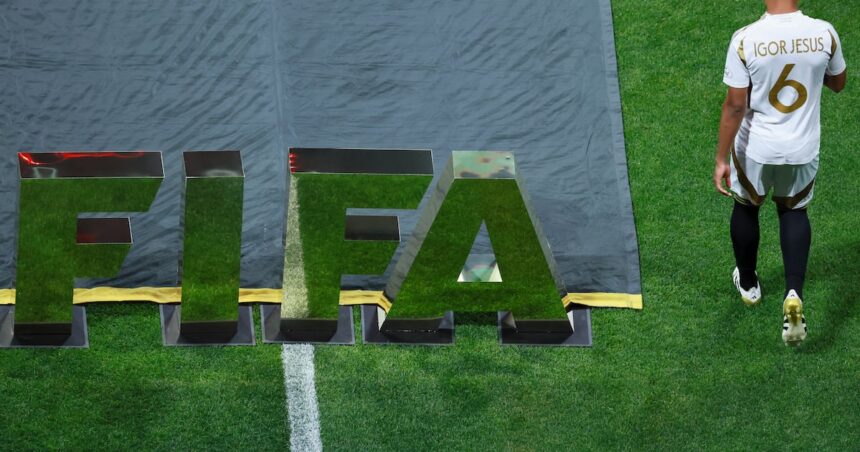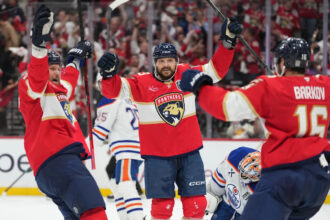The beautiful game demands a beautiful stage. Yet, as any football purist will tell you, even the most talented performers can be undone by a poor playing surface. This stark reality has prompted FIFA’s Chief of Global Football Development, Arsène Wenger, to publicly commit to higher standards for the 2026 World Cup pitches after widespread criticism during this summer’s tournaments.
Speaking at a technical briefing in Miami, Wenger acknowledged what players, coaches, and fans have been lamenting: the quality of playing surfaces at recent international competitions has fallen short of expectations. “We have heard the concerns, and we are taking decisive action,” Wenger stated, outlining FIFA’s comprehensive strategy to address pitch quality for the upcoming World Cup co-hosted by the United States, Canada, and Mexico.
The issue of substandard pitches became impossible to ignore during this summer’s Copa America and European Championship. Players struggled with unstable footing, unpredictable ball movement, and visible pitch deterioration as matches progressed. For a sport that thrives on technical precision and fluid movement, these conditions created an unfortunate barrier to the level of football spectators expect at elite tournaments.
What makes the 2026 World Cup uniquely challenging is its unprecedented scale. With 48 teams competing across 16 venues in three countries, maintaining consistent pitch quality becomes an extraordinary logistical challenge. Each stadium presents its own microclimate, usage patterns, and infrastructure considerations. The tournament will feature both natural grass and hybrid surfaces, with some venues requiring temporary installations.
Wenger’s plan centers on what he calls “pitch uniformity” – ensuring that regardless of location, players experience consistent playing conditions. This ambitious goal will be supported by a significantly expanded team of agronomists and turf specialists who will begin preparatory work much earlier than in previous tournaments.
“The preparation starts now, not months before the tournament,” Wenger emphasized. “We are implementing a three-year development program for each venue, with regular testing and adjustments.” This represents a substantial shift from previous approaches, where pitch preparation often felt more reactive than proactive.
The technical aspects of this initiative are fascinating. FIFA will deploy advanced soil monitoring systems, climate-specific grass cultivars, and precision maintenance protocols tailored to each venue. Hybrid systems – combining natural grass with synthetic fibers for stability – will likely feature prominently in stadiums where heavy usage is anticipated.
Climate change adds another layer of complexity. With extreme weather events becoming more common, pitches must be engineered to withstand unexpected conditions while maintaining playability. The sophisticated drainage systems being proposed represent cutting-edge engineering that balances water retention with rapid drainage capabilities.
For football purists, these improvements can’t come soon enough. The quality of play is inextricably linked to the quality of the surface. When players can trust their footing, when passes roll true, and when the ball responds predictably, the game elevates from athletic contest to artistic expression.
The economic implications are substantial as well. FIFA’s investment in pitch technology and expertise isn’t merely about aesthetics – it’s about protecting their product. The World Cup generates billions in revenue precisely because it showcases football at its finest. Substandard pitches not only disappoint fans but potentially diminish the commercial value of the tournament.
As we look toward 2026, Wenger’s commitment represents more than just technical specifications – it signals FIFA’s recognition that the playing surface is fundamental to the tournament’s success. In a sport where millimeters and split-seconds often determine outcomes, the quality of the stage matters immensely.
Will FIFA deliver on these promises? The football world watches with cautious optimism. After all, when the world’s greatest players gather for its greatest tournament, they deserve nothing less than perfect pitches to showcase their extraordinary talents.
For more insights on sporting events and cultural phenomena, visit CO24 Culture or explore emerging CO24 Trends in the sporting world.










